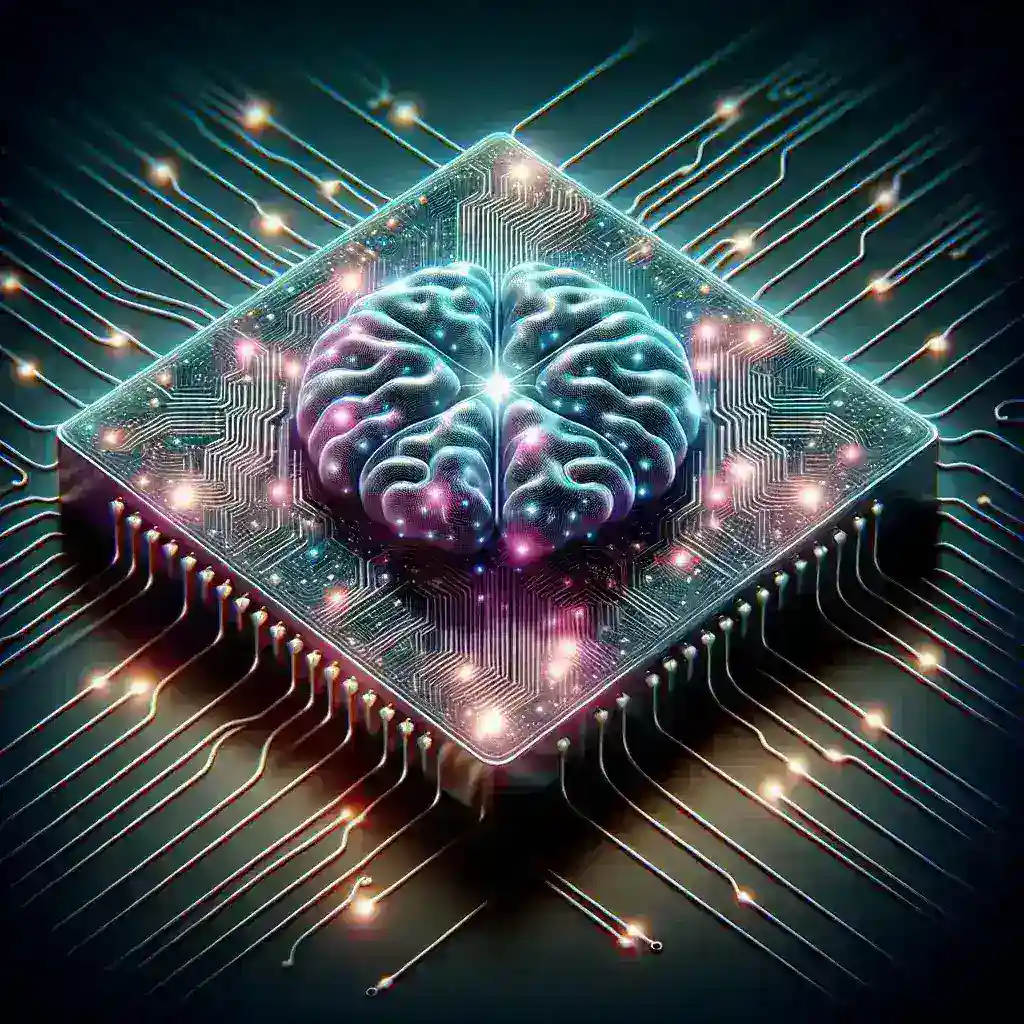Introduction
As technology continues to evolve, researchers are looking for innovative solutions to make computing more efficient. One of the most compelling advancements in this area is the development of neuromorphic computing chips. These cutting-edge chips mimic the neural architecture of the human brain, achieving remarkable processing capabilities while using 90% less energy. In this article, we delve into the concept of neuromorphic computing, its history, applications, benefits, and the future it promises.
What is Neuromorphic Computing?
Neuromorphic computing is a field of study that aims to design computer systems inspired by the structure and function of biological brains. The term ‘neuromorphic’ itself originates from the combination of ‘neuron’ and ‘morphic’, which indicates a form or shape similar to that of neurons.
Traditional computers follow the von Neumann architecture, where processing and memory are separate. In contrast, neuromorphic systems integrate memory and processing, allowing them to operate more efficiently, similar to how the human brain processes information.
The Structure of Neuromorphic Chips
Neuromorphic chips possess a unique structure comprised of artificial neurons and synapses. These components work together to replicate brain functions:
- Artificial Neurons: Act as the building blocks of computation, similar to biological neurons. They receive inputs, process information, and generate outputs.
- Synapses: These connections between neurons facilitate communication, akin to the way synapses work in biological systems.
This innovative architecture allows neuromorphic chips to perform tasks like sensory processing, pattern recognition, and decision-making with remarkable efficiency.
Historical Context
The roots of neuromorphic computing can be traced back to the 1980s when researchers began exploring the idea of mimicking the brain’s architecture. Notable figures like Carver Mead, a pioneer in this field, significantly contributed to the early development of neuromorphic systems.
Since then, advances in neuroscience and technology have rapidly propelled this field forward, leading to the creation of increasingly sophisticated neuromorphic chips capable of handling complex tasks.
Recent Breakthroughs
One of the most significant breakthroughs in neuromorphic computing occurred with the introduction of the IBM TrueNorth chip, launched in 2014. This chip consists of one million programmable neurons and 256 million synapses, allowing it to process data in real-time efficiently. More recently, various tech companies have developed their versions of neuromorphic chips, each with unique features, but all share the fundamental goal of enhancing computational efficiency.
Applications of Neuromorphic Computing
Neuromorphic computing has a wide range of applications, making it a promising technology for various sectors:
- Artificial Intelligence (AI): Neuromorphic chips can enhance machine learning algorithms, enabling AI systems to learn and adapt more efficiently.
- Robotics: Robots equipped with neuromorphic chips can process sensory information in real-time, making them more responsive and capable of complex tasks.
- Healthcare: Neuromorphic computing can assist in medical diagnostics, analyzing vast amounts of data to identify patterns and predict outcomes.
- Autonomous Vehicles: Neuromorphic systems can process sensor data from autonomous vehicles, improving their ability to navigate and make decisions on the road.
Energy Efficiency
One of the most significant advantages of neuromorphic computing is its energy efficiency. Traditional computing systems consume vast amounts of power, particularly in data centers and AI applications. In contrast, neuromorphic chips can perform complex computations with 90% less energy, making them an environmentally friendly alternative.
Advantages of Neuromorphic Chips
- Low Power Consumption: As mentioned, neuromorphic chips use significantly less energy compared to conventional processors.
- Real-time Processing: These chips can process data in real-time, making them ideal for applications requiring immediate feedback.
- Scalability: Neuromorphic systems can easily scale to accommodate growing data needs without compromising performance.
- Robustness: The brain’s inherent redundancy allows neuromorphic chips to be more resilient against failures.
Challenges Ahead
Despite the many advantages, neuromorphic computing is not without its challenges:
- Complexity of Design: Creating neuromorphic chips requires advanced knowledge of both computer science and neuroscience.
- Limited Standardization: The field lacks universal standards, making it difficult for different systems to communicate effectively.
- Research and Development Costs: Significant investments in R&D are required to advance this technology further.
The Future of Neuromorphic Computing
The future of neuromorphic computing looks promising. As researchers continue to make strides in chip design and algorithms, we can expect greater adoption across industries. The potential for these chips to revolutionize computing is immense.
In the coming years, we might see neuromorphic computing being integrated into more consumer products, smart devices, and infrastructure. Its application in AI will likely lead to more intelligent systems capable of learning and evolving.
Conclusion
Neuromorphic computing represents a groundbreaking shift in how we approach computation. By mimicking the functions of the human brain, these chips promise to deliver exceptional performance with minimal energy consumption. As we continue to explore this fascinating field, the implications for technology, society, and the environment are bound to be profound.
Investing in neuromorphic computing is not merely a venture into advanced technology; it’s a step towards sustainable innovation that aligns with our future needs. The journey has just begun, and the possibilities are limitless.

Leave a Reply